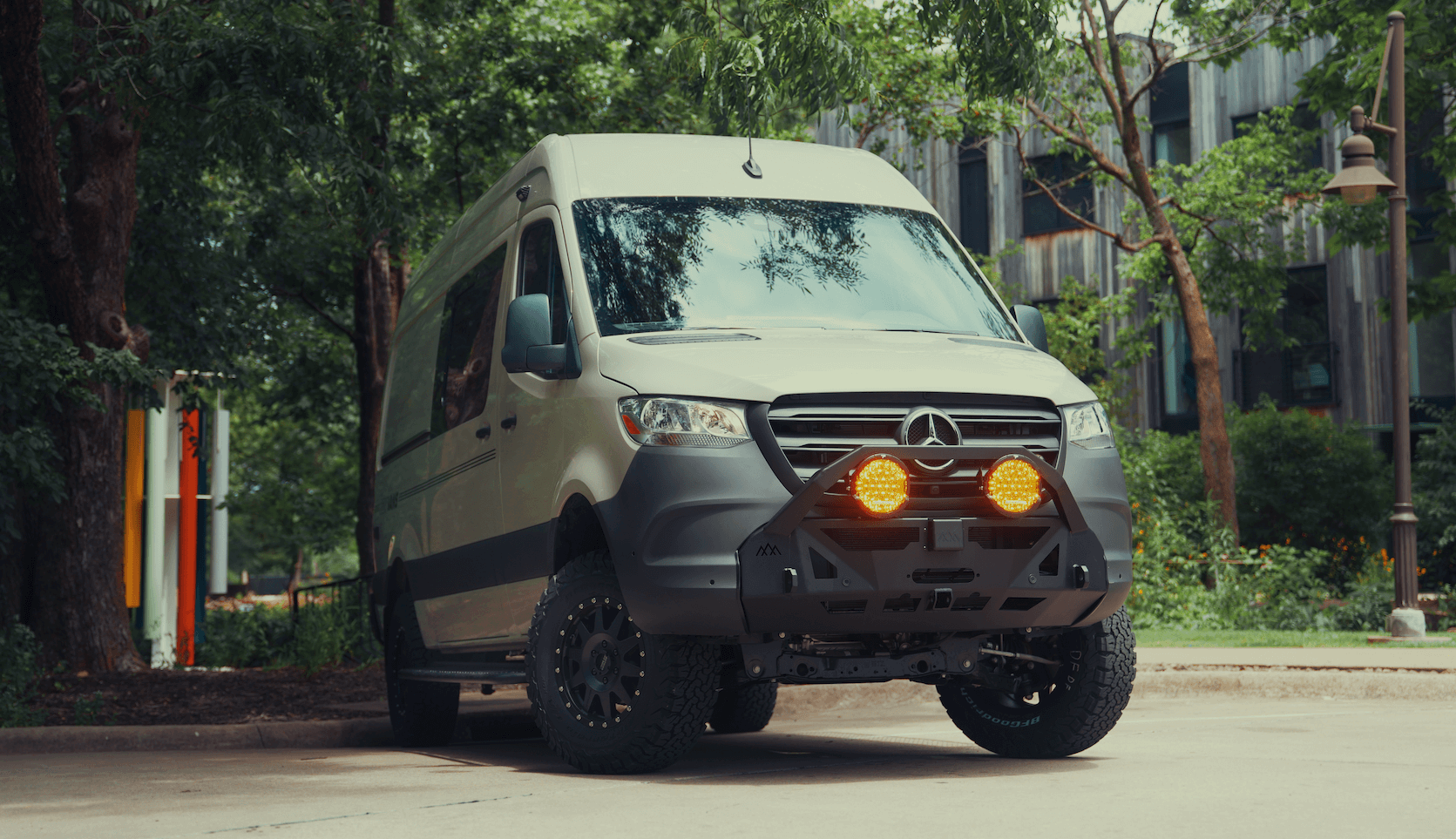Recreational Vans

Van friendly campsites directories collect places where a standard length van can park or camp legally overnight. Listings span national forests, Bureau of Land Management land, state parks, private campgrounds, city parks with posted allowances, harvest style stays, and pay to reserve platforms. The most helpful directories clearly label vehicle length, surface type, grade, and gate closures so you do not end up at a site that only fits long RVs or has a tight hairpin approach. A good directory will also note quiet hours, generator rules, and whether dispersed camping is permitted nearby. Pay attention to timestamps on reviews, because washouts, fire closures, and seasonal gate schedules change quickly.
Crowd sourced images and recency of reports are gold. Photos show pad slope, shade, and clearance better than text. Offline map tiles and downloadable site details are essential when you drive into a dead zone. Look for directories that let users flag closures and update coordinates to correct mispinned sites. When a listing has mixed reviews, note patterns like road noise, weekend crowding, or changing enforcement so you can time your arrival.
No single directory covers everything. Crowd sourced apps excel at dispersed camping and oddball overnight options like fairgrounds, trailheads with posted allowances, or marina lots that allow self contained vans. Federal booking portals handle reservable campsites in national parks and recreation areas, with first come notes and seasonal opening dates. Private networks aggregate farm stays, wineries, and boutique camp fields that limit nightly numbers for quieter experiences. Regional sites and state park systems often have hidden gems with length friendly pads and simple facilities that suit vans perfectly.
Layering directories is the winning move. Start with a route layer to pre select three options per night. Use a crowd sourced map to find dispersed or free options, then cross check with official land manager maps for legal boundaries and fire restrictions. Add a reserved option if you know you will arrive late or after a long drive. Keep at least one bailout spot within thirty minutes of your primary target in case a road is closed or full.
City overnights demand extra care. Directories sometimes list big box lots or street segments that were once tolerant, but local ordinances change. Scan recent comments for tickets or tow warnings and always look for posted signs. Safer alternatives include transit park and ride lots that explicitly allow overnight parking, 24 hour gyms with posted policies, and private pay lots that sell overnight passes. When in doubt, shift out of the urban core to a county park or fairground with clear rules.
Approach trip planning like a pilot builds a flight plan. Sketch your drive windows, daylight hours, and weather. Then use directories to place a primary, secondary, and contingency stop within your range. In the mountains, prioritize listings that mention winter service, plowed access, and sun exposure for solar recharge. In the desert, favor sites with morning shade or windbreaks. On popular holiday weeks, lean on reservation systems for anchor nights and fill gaps with dispersed options on shoulder days.
Boondocking gives privacy and low cost, but it requires self sufficiency. You will manage water, power, waste, and dust. Developed sites trade solitude for predictable access, level pads, bathrooms, and sometimes showers or laundry. Directories make the tradeoffs obvious when you compare two candidates side by side. Use them to balance the week, mixing one or two nights of boondocking with a reset night at a developed site to top water and handle trash.
Directories are only as good as the behavior of the people who use them. Pack out everything, use existing pads, avoid fragile ground after rain, and respect fire bans. If a spot is crowded, move on. Add clear, helpful updates in the directory after your stay so the next traveler has honest, current information. Responsible use keeps listings open and reduces closures that happen when trash and off road driving damage the area.
A thoughtfully built van widens the circle of viable listings in every directory. More ground clearance and smart storage make rougher access roads less stressful. Efficient insulation and venting open up four season nights without overusing batteries. Quiet cabin power lets you skip the generator rules and stay at sites that prohibit engine idling. With more autonomy, you can pick quieter corners of popular areas and feel at home in high desert wind or humid southern nights.
At OZK Customs, we build around real travel patterns so the listings you want to use become practical all year. Our team has lived the lifestyle and understands how power, heat, cooling, and storage turn a pin on a map into an easy night of rest. Explore our Recreational vans to see platforms purpose built for long range travel, off grid stays, and efficient daily living on the road. If you want a start to finish design tailored to your route style, check out our Custom van builds. Looking for a finance friendly base to upfit, our Mainstream vans make getting on the road straightforward.
Strong directories plus a capable rig remove friction from travel. You pick a pin, arrive prepared, and settle in fast. If that sounds like the way you want to move, we are ready to help.
Tell us how you camp, where you work from, and what seasons you chase. We will design a van that makes the most of van friendly campsites directories, from winter forest pullouts to summer river flats. Start your build conversation today.
Ready to simplify trip planning and camp with confidence in a purpose built van. Tell us how you travel and we will map a build that fits the way you camp, from solar and heating to storage and sleeping. Start your OZK consultation now.
ADDRESS:
6159 E Huntsville Rd, Fayetteville, AR 72701
PHONE:
(479) 326-9200
EMAIL:
info@ozkvans.com